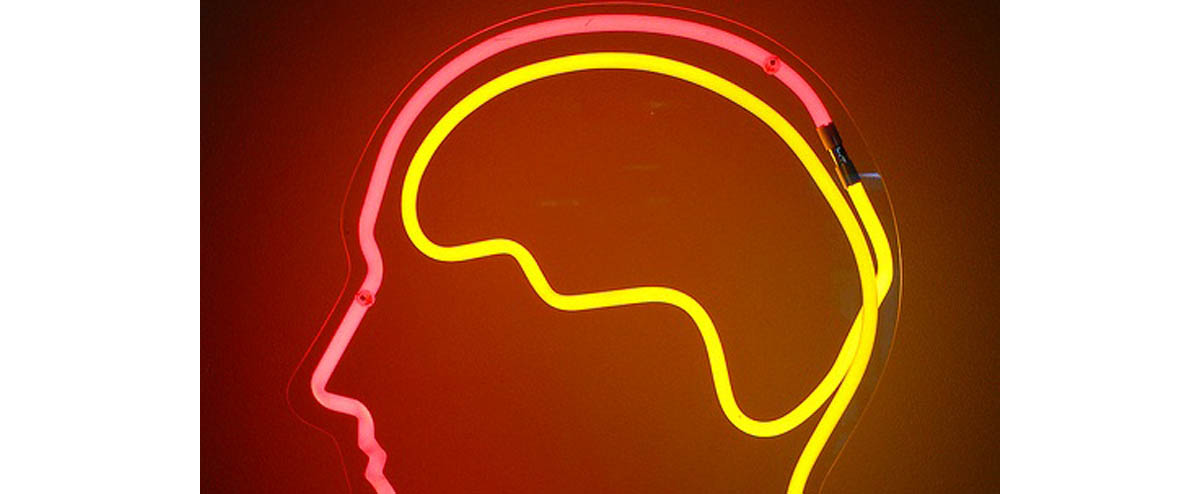Table of Contents
I did not know it for another three months, but my brain stem stroke was not my first stroke. It was my third. I had had two other strokes in other parts of my brain that probably I had written off as a really bad headache. The tissue in my brain that was affected by these strokes had died, and become calcified, and neurons had rewired themselves so that my brain never lost normal function. The brain compensates amazingly well after strokes. I probably had been "disabled" for a time, but I recovered without treatment or even diagnosis. But there are still certain things I really wish I had known going in.

1. Many strokes are undetected.
The very first indication of stroke may be one there's no coming back from — the patient's death. Or it may be a really bad headache, unexplained personality changes, loss of muscle tone, or strange sensations in the body. Dr. Megan C. Leary and her colleagues estimate that only about three percent of strokes are actually diagnosed, a figure that will shock most of us. In the USA alone, 22 million people per year have strokes, but only about half a million get treatment.
2. Most strokes cause minimal damage.
You may be surprised to learn that the most common reaction to a stroke is "What was that?" Very few strokes cause the kind of damage stereotypical of the disease, such as loss of speech, paralysis, and blindness. Most strokes instead cause mild personality changes, loss of memory, and subtle loss of muscle function.
3. Uncontrolled high blood pressure is the biggest risk factor for stroke.
A stroke is a little like a clogged pipe (ischemic stroke) or a broken pipe (hemorrhagic stroke) in the brain. High blood pressure can lead to both kinds of brain injuries.
4. Hemorrhagic strokes are much harder to detect than ischemic strokes.
A hemorrhagic stroke, also known as an intracranial hemorrhage, ICH, or "brain bleed," doesn't show up very well on MRI and CAT scans. A technique called MRA can find hemorrhagic strokes, but most radiologists have difficulty interpreting shadows. If you have a hemorrhagic stroke, conventional testing won't necessarily find it.
5. Hemorrhagic strokes typically cause much more severe symptoms than ischemic strokes.
A "brain bleed" is usually but not always accompanied by headache. There may also be nausea, vomiting, and extremely high blood pressure (over 180/120). There may also be changes in mental status, such as the "locked in" syndrome described above, or inexplicable mood swings or loss of memory.
6. The effects of "baby strokes" (with transient or minor damage) tend to be cumulative.
Microscopic tissue damage in different parts of the brain can slowly destroy memory and mental function. Vascular dementia and multiple infarct dementia are essentially the results of dozens or even hundreds of tiny strokes.
7. A diagnosis of a "TIA" requires the same follow-up care as a stroke.
Many people mistakenly believe that a transient ischemic attack, or TIA, does not cause any real damage to the brain. The simple fact is, even a TIA can cause permanent brain damage, but even modern brain imaging tools cannot detect it. Don't put off treatment for high blood pressure or clotting disorders just because you had a "mini-stroke" (TIA) instead of a major stroke.
8. Even infants can suffer stroke.
Not just old people get strokes. About three percent of strokes occur in infants, toddlers, children, and teens. Signs of stroke in a child require emergency treatment even more acutely than signs of stroke in the elderly.
9. The sooner stroke victims get treatment, the better the results.
Very few people are like me, meaning they're able to get treatment within 20 minutes of the onset of their stroke. "Clot buster" treatments for ischemic stroke, however, only work if they are given within 4.5 hours of the cerebrovascular event. If you're curious, check out how long it takes, on average, for an ambulance to arrive at your location.
10. Medication almost certainly will be necessary after stroke.
No matter how devoted you are to natural medicine, if you have had a stroke, please be open to conventional medical treatment. Statin medications, in particular, may be useful in assisting recovery from stroke. This is not because of any need to lower cholesterol (you might be put on a statin drug even if you have low cholesterol), but rather to control inflammation in the brain to allow to rewire and reconnect.
- [Guideline] Del Zoppo GJ, Saver JL, Jauch EC, Adams HP Jr. Expansion of the time window for treatment of acute ischemic stroke with intravenous tissue plasminogen activator: a science advisory from the American Heart Association/American Stroke Association. Stroke. Aug 2009. 40(8):2945-8
- [Guideline] Goldstein LB, Bushnell CD, Adams RJ, Appel LJ, Braun LT, Chaturvedi S, et al. Guidelines for the primary prevention of stroke: a guideline for healthcare professionals from the American Heart Association/American Stroke Association. Stroke. Feb 2011. 42(2):517-84
- Leary MC, Saver JL. Annual incidence of first silent stroke in the United States: a preliminary estimate. Cerebrovasc Dis. 2003. 16(3):280-5
- Shiber JR, Fontane E, Adewale A. Stroke registry: hemorrhagic vs ischemic strokes. Am J Emerg Med. Mar 2010. 28(3):331-3
- Photo courtesy of dierkschaefer on Flickr: www.flickr.com/photos/dierkschaefer/2961565820
- Photo courtesy of playcrackthesky on Flickr: www.flickr.com/photos/playcrackthesky/4520983799


Your thoughts on this